As an aquarium enthusiast, keeping your fish in good health is essential. One species of fish that adds beauty and vibrancy to your aquarium is the White Fin Tetra. These small, peaceful fish are known for their striking white fin tips, making them popular for beginners and experienced aquarists.
However, like any other fish, the White Fin Tetra is susceptible to diseases that can cause severe health problems if left untreated. Here, we’ll discuss the most common diseases that affect White Fin Tetras and provide tips on preventing and treating them.
We’ll cover everything from identifying symptoms to recommended medications and the necessary steps to take to keep your aquarium healthy and disease-free. Additionally, we’ll provide you with the best practices for maintaining good water quality, which is essential for the overall health of your fish.
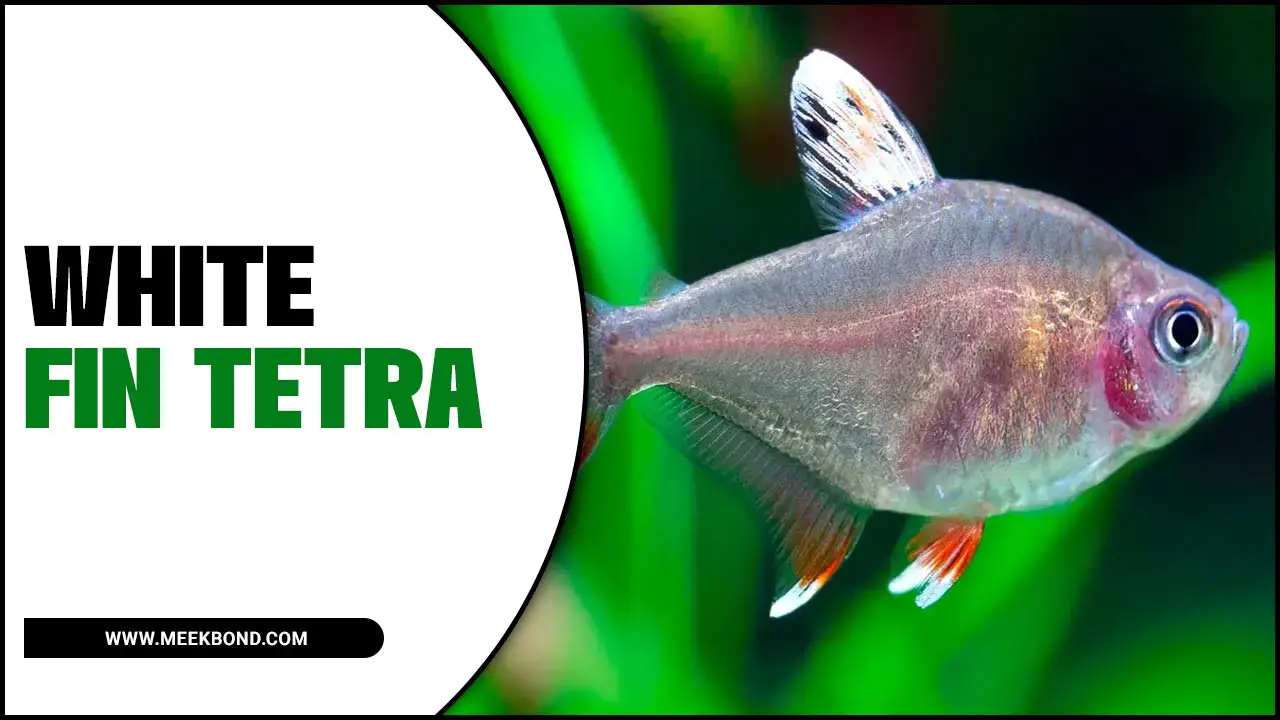
How To Prevent And Treat White Fin Tetra Fish Disease
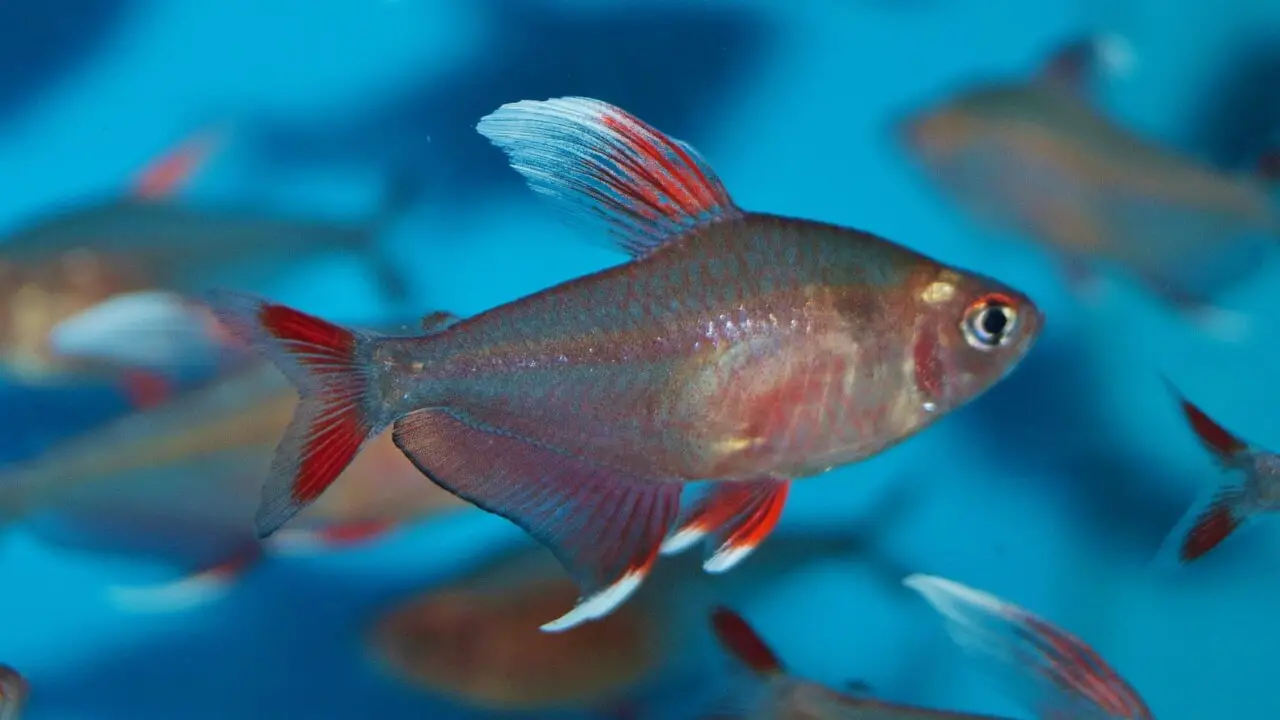
Preventing and treating white fin tetra fish disease is essential for maintaining the health and well-being of your fish. White fin tetra, also known as fin rot or tail rot, is a common ailment that affects the fins and tails of fish. It is typically caused by poor water quality, stress, or bacterial infections.
To prevent white fin tetra disease, it is important to maintain clean and properly balanced water conditions in your aquarium. Regular water changes and proper filtration can help keep the water clean and reduce the risk of infection.
If you notice any signs of white fin tetra disease, such as frayed or discoloured fins, it is important to take immediate action. Treatments may include isolating infected fish, using medication to kill bacteria or fungus, and improving water quality. Consulting with a veterinarian or experienced fish keeper can provide valuable guidance on effectively preventing and treating white fin tetra disease in your aquarium.
Understanding White Fin Tetra Fish Disease And Its Causes
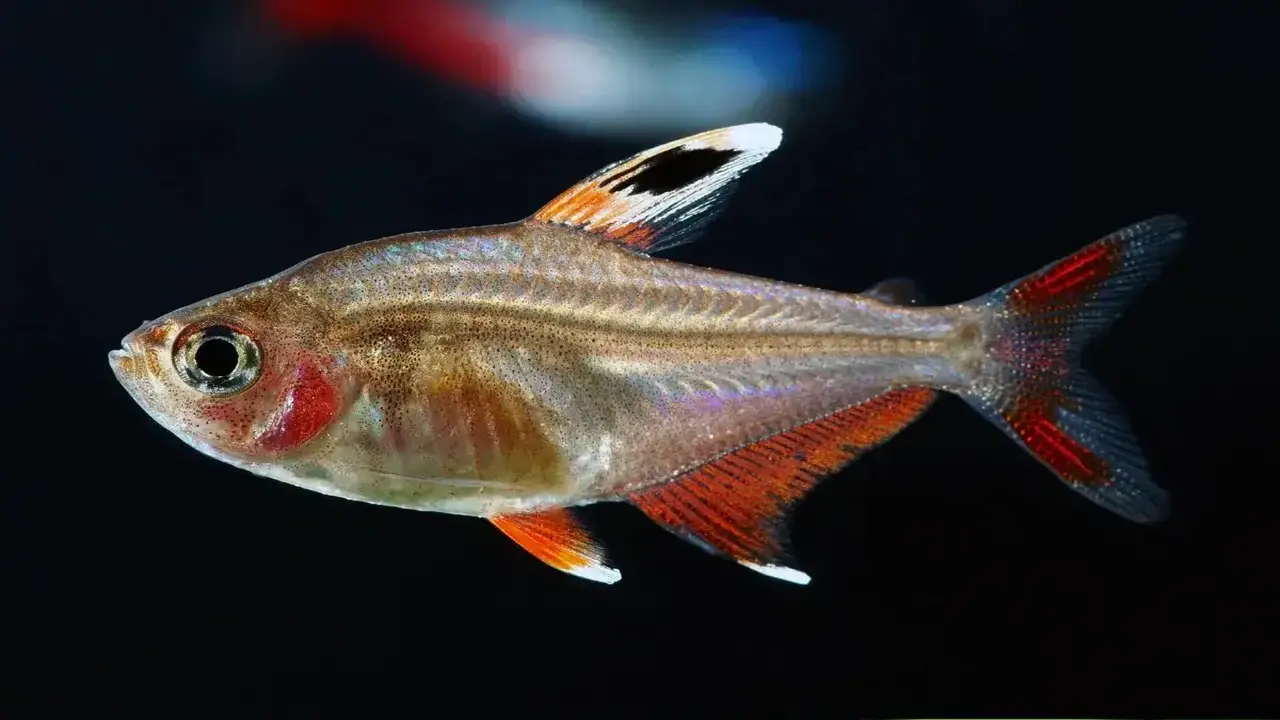
White fin tetra fish disease, also known as fin rot, is a common ailment that affects many aquarium fish, including the white fin tetra. It is characterized by the deterioration of the fish’s fins, which can become discoloured and frayed.
This disease is typically caused by bacterial infections, poor water quality, or stress. To prevent and treat white fin tetra fish disease, it is important to maintain a clean and well-filtered aquarium, provide a balanced diet for your fish, and monitor their behaviour for signs of stress or illness.
Medications such as antibiotics or antifungal treatments may also be necessary to combat the infection and promote healing. If you notice any changes in your white fin tetra’s fins or behaviour, it is best to consult a veterinarian or experienced aquarist for proper diagnosis and treatment.
Identifying The Symptoms Of White Fin Tetra Disease In Your Fish
White fin tetra disease is a common ailment that affects fish in aquariums. It is characterized by the appearance of white spots on the fins of the tetra, which may eventually spread to other parts of the body. Other symptoms of white fin tetra disease include lethargy, loss of appetite, and fin deterioration.
If you notice any of these symptoms in your white fin tetras, it is important to take immediate action to prevent the spread of the disease to other fish in your tank. Consult a veterinarian or an experienced aquarist for proper diagnosis and treatment options for white fin tetra disease.
Preventative Measures To Keep Your White Fin Tetras Healthy
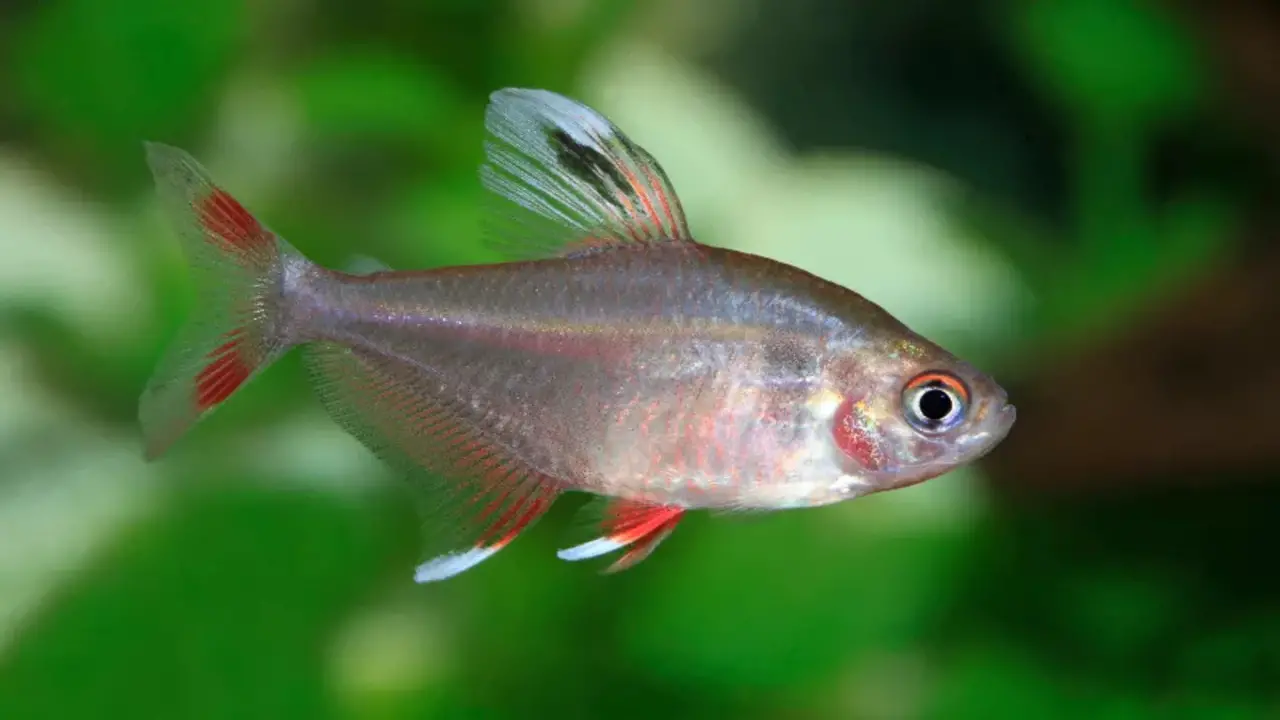
Keeping your white fin tetra healthy and happy requires some preventative measures. First, it is important to maintain a clean and well-maintained aquarium. Regularly test the water parameters and ensure they are within the appropriate range for your fish. Secondly, provide a balanced diet for your white fin tetra by offering a variety of high-quality fish foods, including flakes, pellets, and freeze-dried or live foods.
Additionally, monitor the tank temperature and provide appropriate lighting conditions. Finally, be mindful of any signs of illness or stress in your fish, such as loss of appetite or unusual behaviour, and take prompt action if necessary. By following these preventative measures, you can help to ensure the health and longevity of your white fin tetra.
Proper Tank Maintenance And Water Quality
Proper tank maintenance and water quality are crucial for the health and well-being of white fin tetras. These beautiful fish require clean water with the right pH, temperature, and chemical balance. It is important to regularly test the water parameters and perform necessary water changes to ensure a healthy environment for the fish.
Additionally, maintaining a clean tank by removing debris and uneaten food is essential to prevent the buildup of harmful bacteria. You can help your white fin tetras thrive and display their vibrant colours in your aquarium by providing optimal tank conditions.
Quarantining New Fish To Prevent Disease Introduction
When introducing new fish into an aquarium, it is important to take precautions to prevent the spread of diseases. Quarantining new fish can help to minimize the risk of introducing diseases into your tank and protect the health of your existing fish.
The process involves isolating the new fish in a separate tank for a period of time, typically around two weeks, to monitor their health and ensure they are free from any potential illnesses.
During this quarantine period, you can closely observe the new fish for any signs of disease and provide any necessary treatment before introducing them to your main aquarium. This proactive approach can help maintain your aquatic community’s overall health and well-being.
Treating White Fin Tetra Disease With Medication And Proper Care
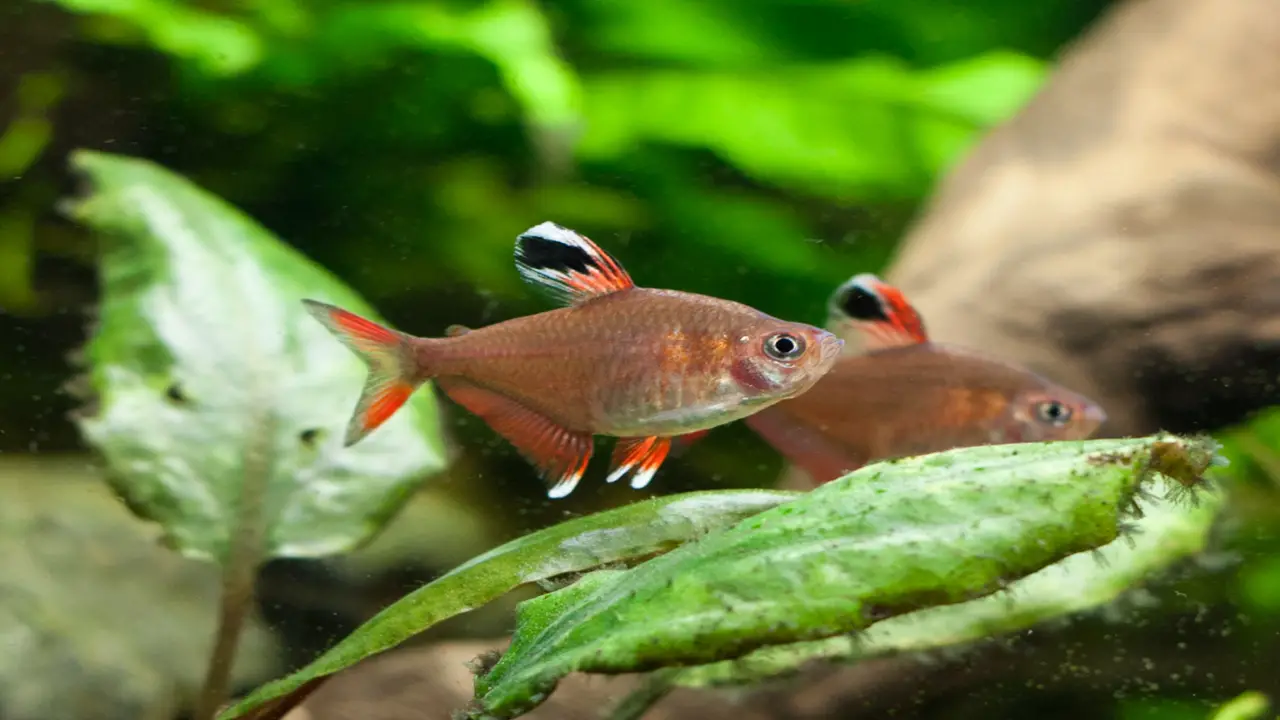
White fin tetra disease, also known as fin rot, is a common condition that affects white fin tetras. This disease is characterized by the deterioration of the fins, which can appear ragged or frayed. If left untreated, it can lead to further health issues and even death. Fortunately, some medications can help treat white fin tetra disease.
These medications typically contain antibiotics or antifungal agents that target the underlying infection causing the fin rot. It is important to follow the medication instructions and continue treatment until all symptoms have resolved. Maintaining good water quality and a balanced diet can also help prevent and manage white fin tetra disease.
Isolating Infected Fish To Prevent The Spread Of The Disease
To prevent the spread of disease, isolating infected fish in a separate tank is important. This will help prevent the spread of illness to other fish in the main tank. Ensure the isolation tank has proper filtration and water quality to create a healthy environment for the infected fish.
Avoid sharing nets, equipment, or water between tanks to prevent cross-contamination. Treat the infected fish according to the veterinarian’s advice and closely monitor their condition for any signs of improvement or worsening.
Monitoring And Adjusting Tank Conditions For Optimal Healing
To ensure the optimal healing of white fin tetras, monitoring and adjusting the tank conditions is crucial. Regularly testing water parameters and making necessary adjustments are important for maintaining a healthy environment.
It is also essential to maintain a stable and appropriate temperature, provide a balanced diet to support healing, ensure proper oxygenation and water circulation, and create a stress-free environment for the fish to aid in their recovery. Following these steps can help your white fin tetras heal and thrive.
Tips For Preventing Future Outbreaks Of White Fin Tetra Disease
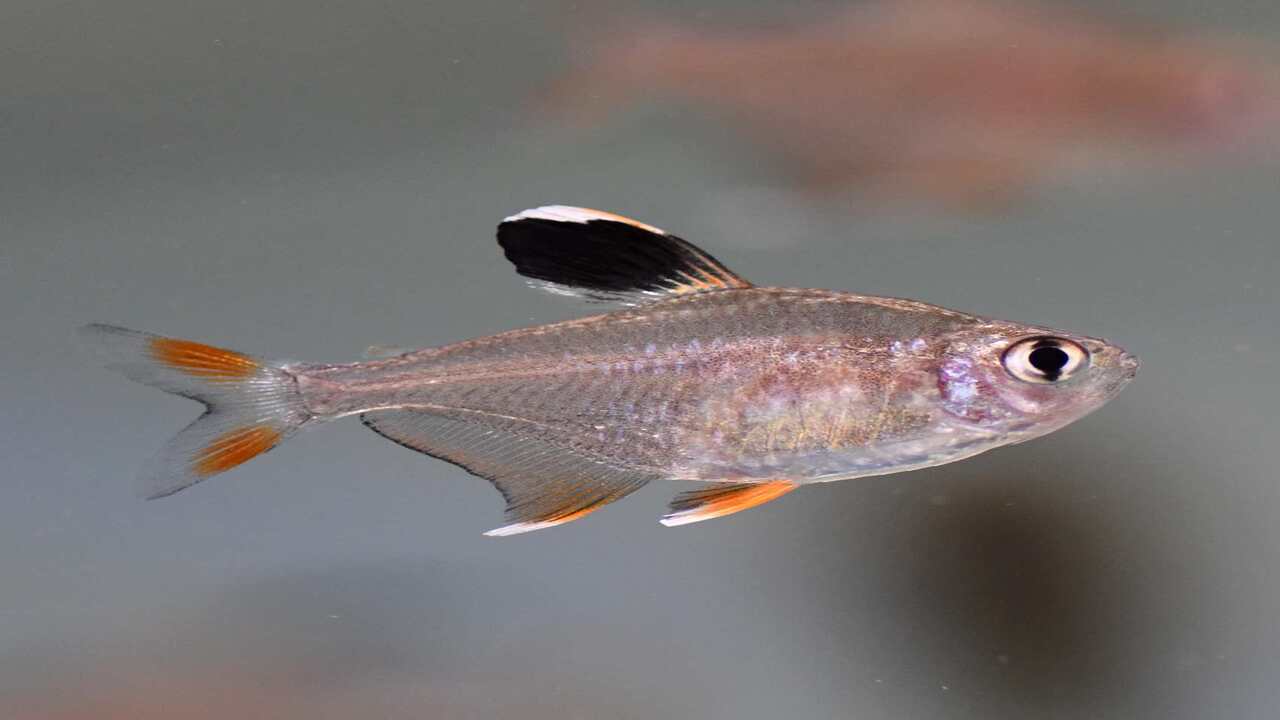
The white fin tetra, also known as the Hyphessobrycon werneri, is a small freshwater fish native to South America. It is a popular choice for aquarium enthusiasts due to its peaceful temperament and striking appearance. The body of the white fin tetra is elongated and slender, with a silver-white colouration and a distinctive black stripe running from the eye to the tail fin. To prevent future outbreaks of white fin tetra, here are some helpful tips to keep in mind:
- Maintain a clean and well-maintained aquarium. Regularly clean the tank, filter, and any decorations to remove any potential sources of bacteria or parasites.
- Monitor water quality. Ensure that the water parameters (temperature, pH, ammonia levels, etc.) are suitable for white fin tetra and regularly test the water to catch any imbalances or issues early on.
- Quarantine new fish. Before introducing new fish into your aquarium, quarantine them in a separate tank for a few weeks to observe them for any signs of illness or disease.
- Avoid overcrowding. Overcrowding can lead to stress and increased risk of disease transmission. Make sure you have an appropriate number of white fin tetra in relation to the size of your tank.
- Provide a balanced diet. Feed your white fin tetra a varied and nutritious diet to boost their immune system and overall health.
- Be cautious with introducing new tank mates. When adding new fish or other aquatic creatures to your tank, research their compatibility with white fin tetra beforehand to minimize stress and potential conflicts.
By following these tips, you can help prevent future outbreaks and promote the health and well-being of your white fin tetra in your aquarium environment.
Conclusion
The white fin tetra is a popular freshwater fish species that is commonly found in home aquariums. This peaceful and active species is known for its vibrant colours and striking white fins contrasting beautifully against its silver body. Prevention is key when it comes to white-fin tetra fish disease. By understanding the causes and symptoms of this disease, you can take proactive measures to keep your white fin tetras healthy.
Proper tank maintenance, water quality, and quarantining new fish are essential for preventing the introduction and spread of disease. If your fish become infected, prompt treatment with medication and proper care can help them recover. Additionally, monitoring and adjusting tank conditions will promote optimal healing. By following these preventative and treatment tips, you can ensure the well-being of your white fin tetras and maintain a healthy aquarium environment.
Frequently Asked Questions
What Is The Difference Between White Fin Tetra And Rosy Tetra?
White fin tetra and Rosy tetra are distinct species of tetra fish. White-fin tetras have transparent fins with white edges, while Rosy tetras have pinkish-red fins. These species share similar care requirements and can coexist in the same aquarium. Prior research on their needs is crucial before adding them to your tank.
How Do You Take Care Of A White-Finned Rosy Tetra?
To properly care for a white-finned Rosy Tetra, maintain a clean aquarium with suitable water conditions. Offer a diverse diet of high-quality flakes, pellets, and live/frozen foods. Monitor for signs of illness and promptly treat any issues with medication and regular water changes.
Are White Skirt Tetra Suitable For Your Aquarium?
White Skirt Tetra, a popular freshwater fish, is suitable for community aquariums with peaceful fish species. They thrive in schools of six or more and require proper filtration and maintenance to ensure stable water quality.
What Is A White Fin Tetra, And What Are Its Characteristics?
White fin tetra is a small freshwater fish native to South America. With a silver body and distinct white fins, they are peaceful and easy to care for, making them perfect for beginner aquarium owners. These fish thrive in schools of 6 or more and prefer planted tanks with soft, slightly acidic water.
What Do White Fin Tetras Eat, And How Often Should They Be Fed?
White fin tetras are omnivores and have a varied diet. They can eat flakes, pellets, frozen or live foods. Feeding them small amounts twice a day is recommended to avoid overfeeding and potential health problems. A balanced diet should include protein-rich and vegetable-based foods. Removing any uneaten food from the tank helps maintain water quality.

Aquarium passion is all about connecting with the aquatic life and providing education to the public on the importance of these creatures. We showcase a wide variety of marine life through our exhibits as well as working with schools to provide unique learning opportunities for students of all ages.









